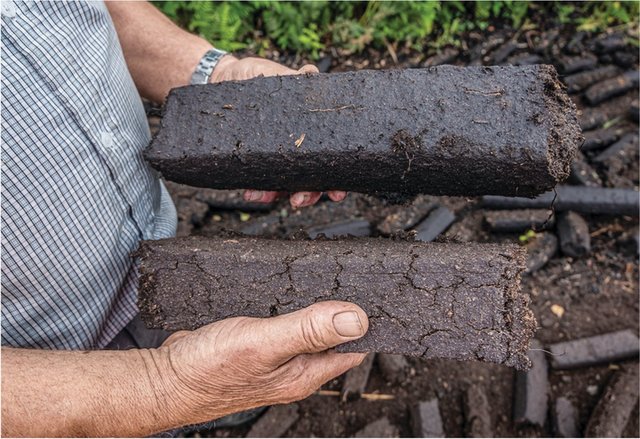
Oncethepeatiscutanddried,itcanbeburnedas fuel.
PowerSource
PeopleinIrelandhaveusedpeatforfuelforcenturies.Familiescutbrick-shapedblocks.Theylaidthebricksouttodryinthesummersun.Then,peoplecartedthepeathome.Theyburnedthebrickstokeepwarmduring winter.
Inthelasthundredyears,Irelandbeganburningmillionsoftonsofpeatinpowerplants.Thesepowerplantsbringelectricitytosevenpercentofthecountry.Morethan70,000homesstillburnpeatfor heating.
Thisreleasesstoredcarbonintotheair.Asagas,carbondioxidefurtherwarmsourplanet.Thenbogsbecomecarbonsources. Peatisafossilfuel butnotanefficientone.Itreleasesmorecarbonthancoalornatural gas.
The sun is a fiery ball of gases.
Fact
Myth
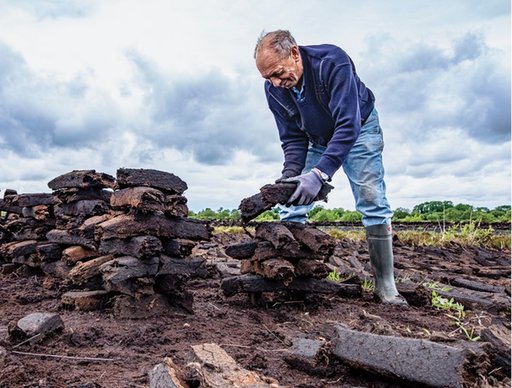
Amanstacksbricksofpeatto dry.
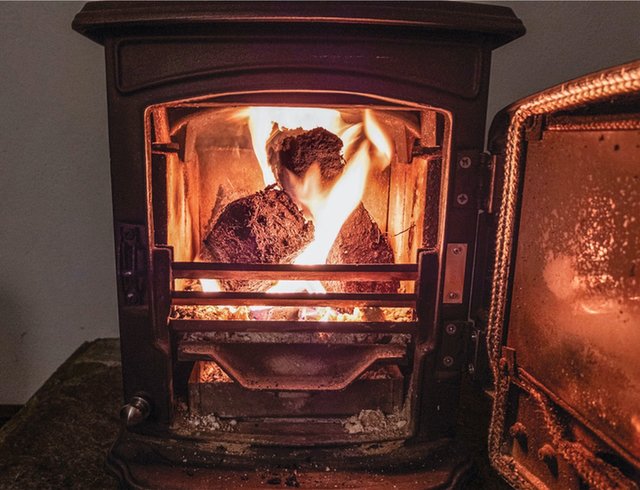
SomeIrishhomesarestillwarmedbypeat fires.
Lawsto
ProtectPeat
In2019,Irelandmadeaclimateactionplan.Itcalledforreleasinglesscarbongasintotheair.Butit’shardforpeopletochangetheirwayof life.
Peoplewhousepeattoheattheirhomesloveit.Theybelievethatburningsomethingelsejustwouldn’tfeelthesame.Peatisalsocheap.Somepeoplemightstruggletopayforothertypesoffuel.Changemaybedifficult.ButIrelandisdetermined.So,itwillneedtochangethewayitusesits bogs.
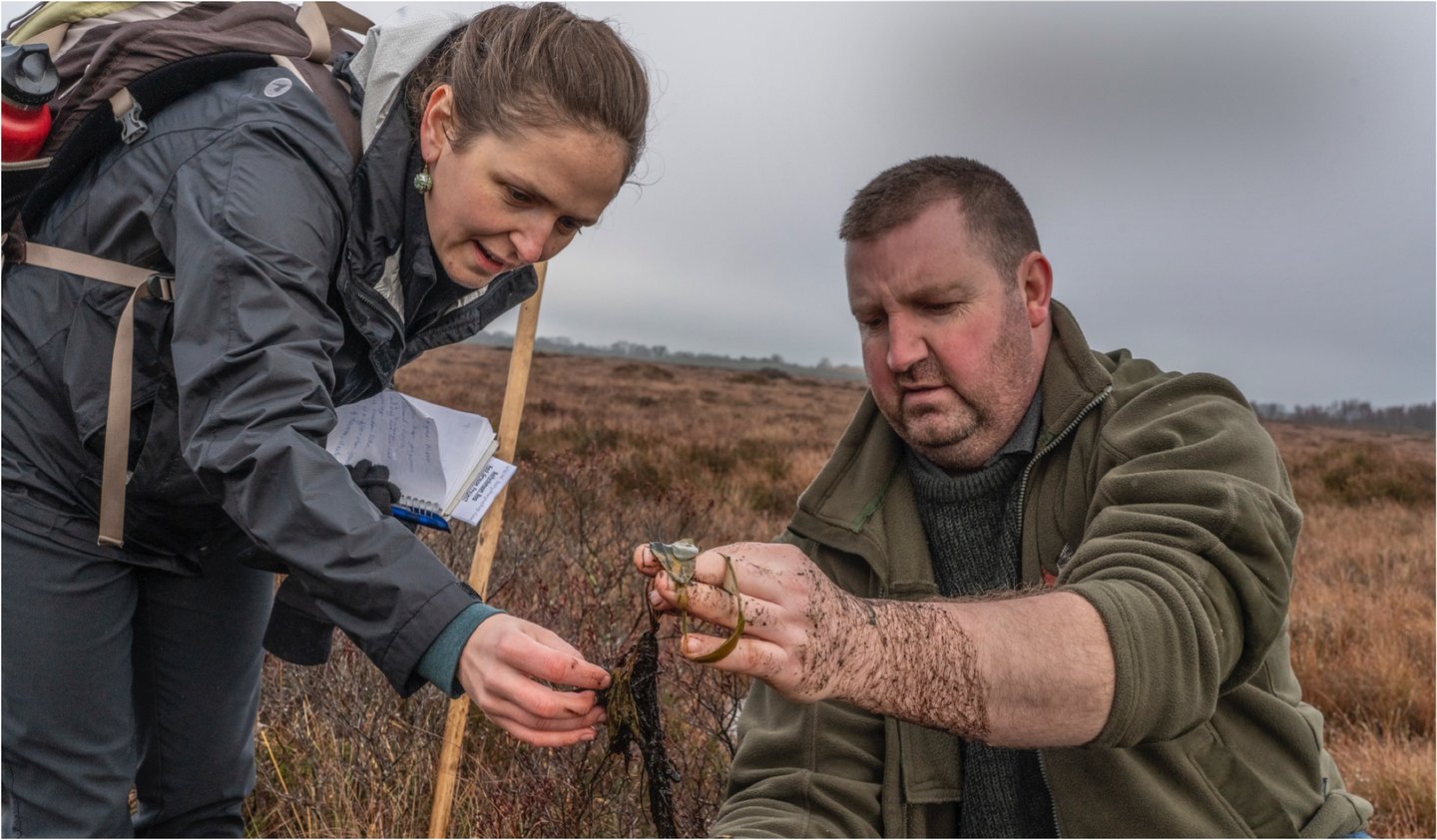
Alocallandownerhelpsmetoidentifybog plants.
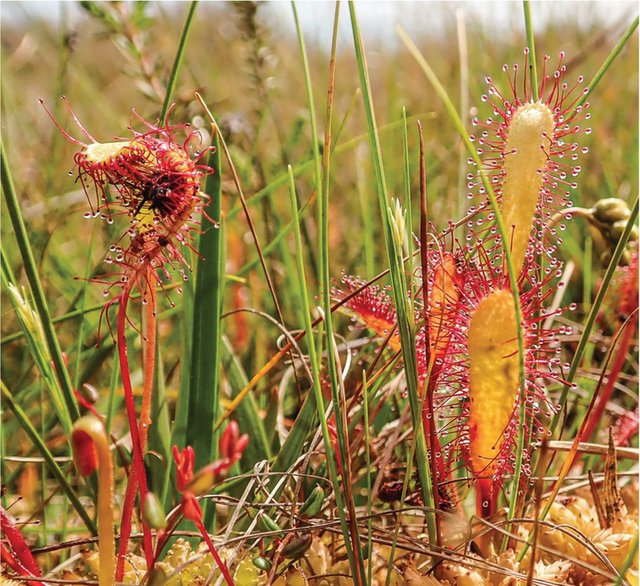
Insect-eatingsundewplantsthriveina bog.
AFutureforBogs
InIreland,turf-cutterswanttousepeat.Conservationistswanttopreserve it.
Onepeatuser,AlbertAustin,hadcutthelocalpeatbogfordecades.Hehadmanyfondmemoriesofusingpeat.Whenhewasaskedtostop,itwasabigchangefor him.
Intheend,hedecidedtostopcuttingpeatandsellhissectionofthebogtoaconservationprogram.Inthatway,itcouldbepreserved.Heisproudthathiscommunitywillhaveabogforthenextgenerationto enjoy.